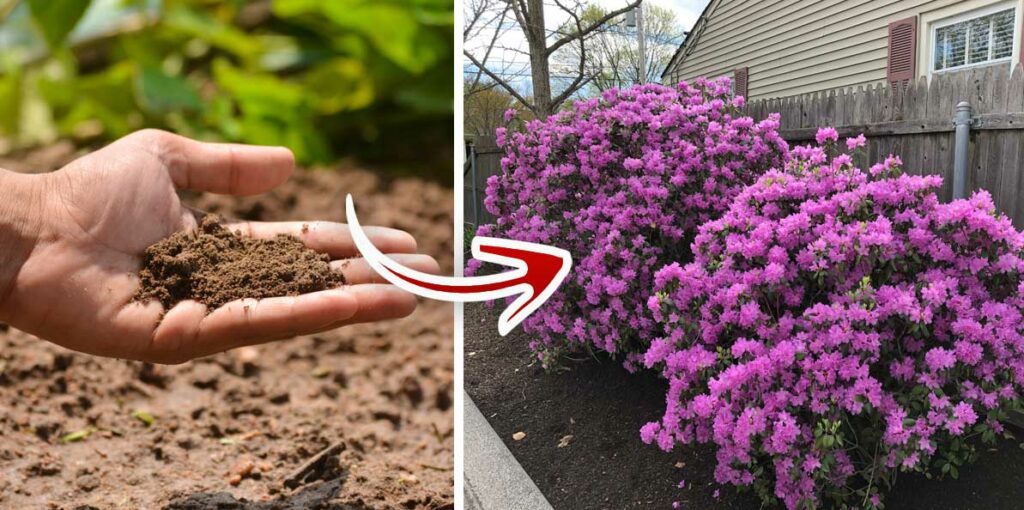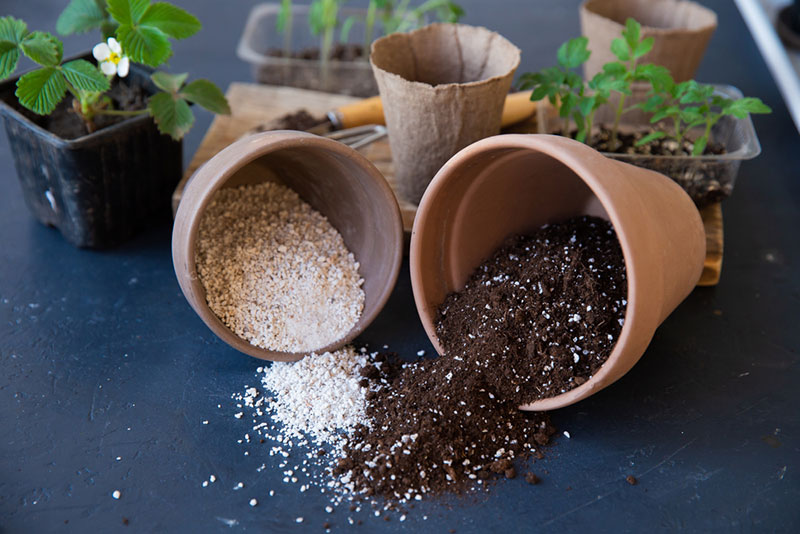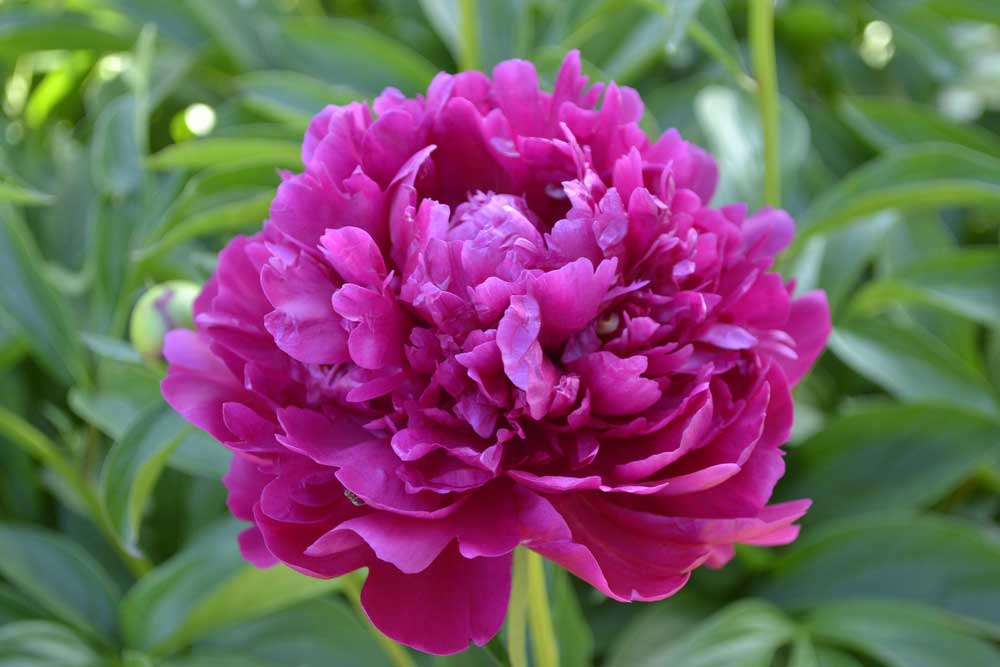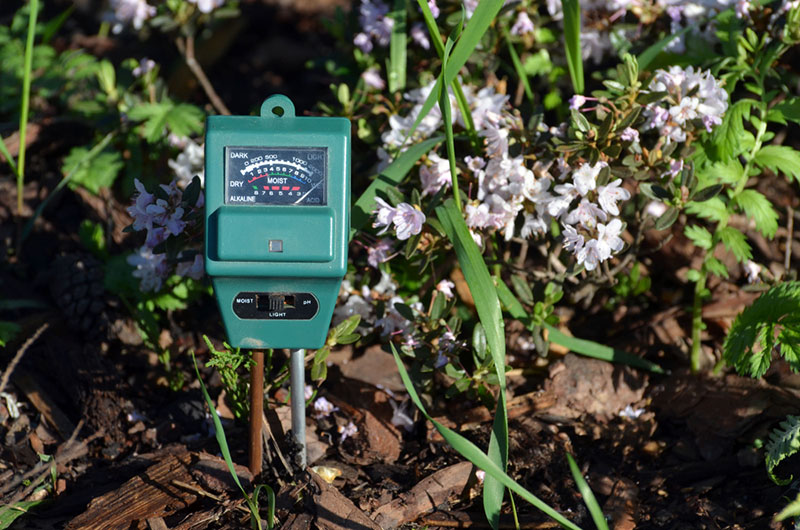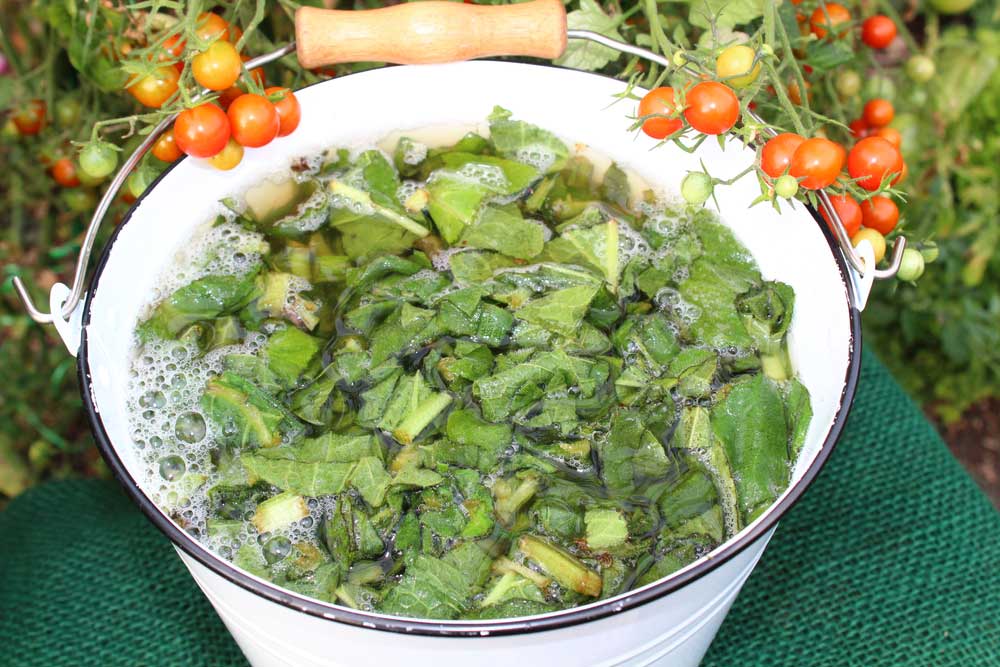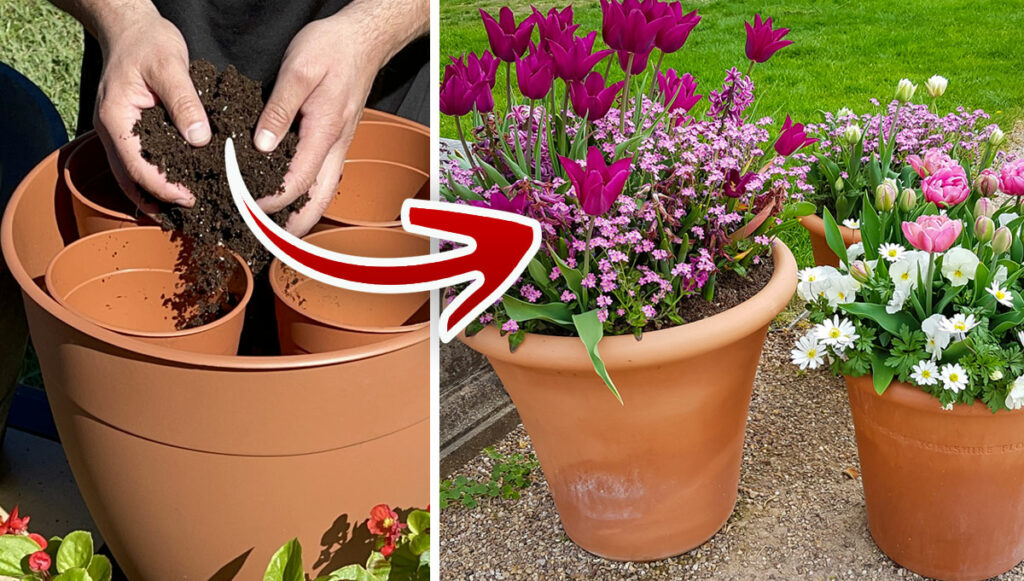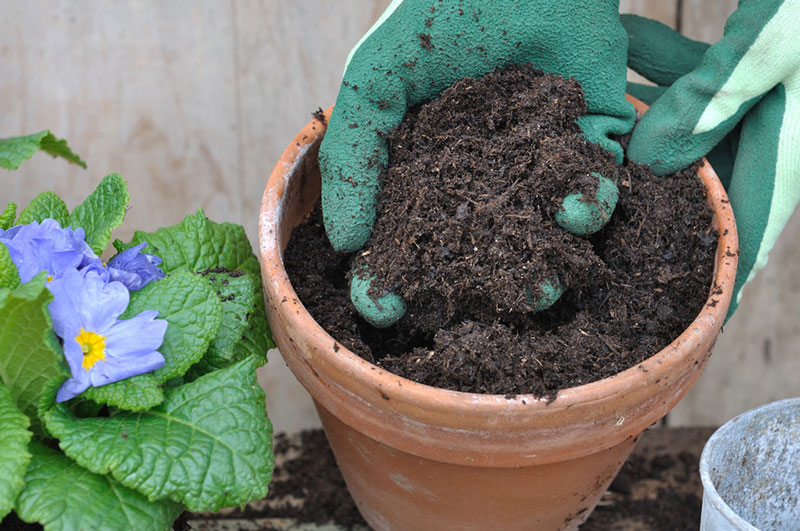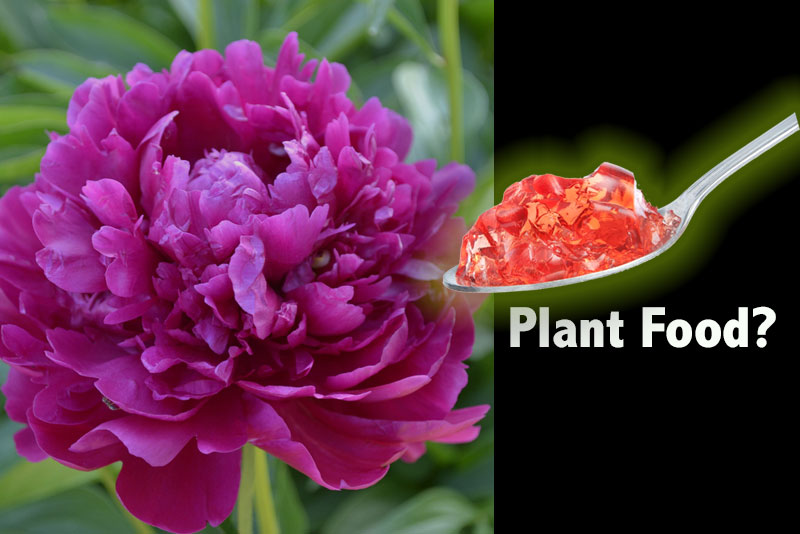
Food gelatin has a long list of benefits, but one of the least known ones is for the plants in the garden. Unflavored gelatin is a workhorse for keeping plants healthy and thriving, and it should be a part of any gardener’s toolbox.
What Exactly Is Gelatin?
Pure gelatin is a tasteless compound made from collagen, a naturally occurring body protein to protect bones, skin, and other structural tissues. Manufacturers use animal collagen in the production of commercial gelatin products. Western Europe is the world’s leader in gelatin manufacturing producing nearly 40% of the supply.
Gelatin has a long history as a beauty treatment to tighten skin, but its benefits for the body go far beyond the surface level. Research has shown some improvement in conditions for people living with arthritis and osteoporosis when gelatin is added as a regular part of the diet. Athletes also use gelatin to shorten recovery time after intense workouts as the proteins in gelatin help the body repair damaged tissues.
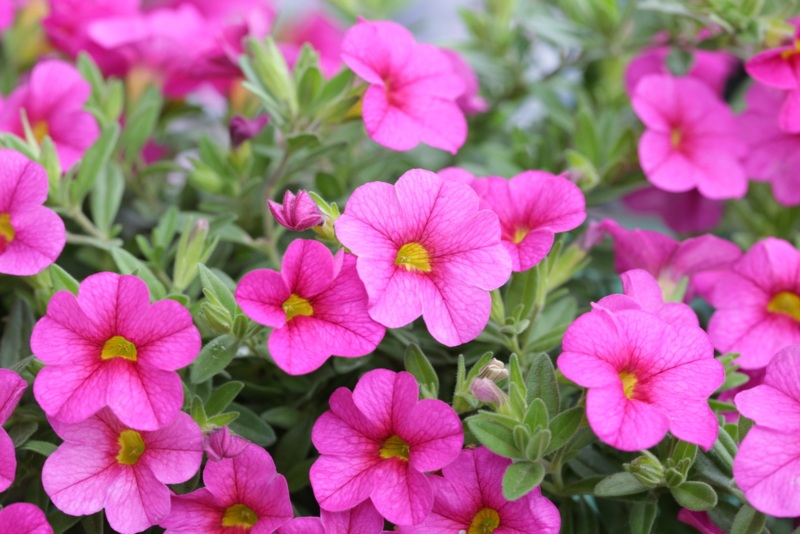
Essential Plant Nutrients
There are 16 essential nutrients that plants need to grow at their best. These nutrients are necessary for the plant to complete its life cycle. Scientists have divided these nutrients into three main groups based on their level of need. The three groupings are primary, secondary, and micro-nutrients.
Primary Plant Nutrients
Primary nutrients are most critical to the plant’s survival: oxygen, carbon, nitrogen, hydrogen, potassium, and phosphorus. The primary nutrients provide crucial support for the plants’ enzyme function and assist with the growth of the plants’ cells.
Secondary Plant Nutrients
Secondary plant nutrients, calcium, sulfur, and magnesium, are called secondary because they are needed in smaller amounts than the primary nutrients. Secondary plant nutrients assist the plant by controlling the pH of the soil and making it more conducive to plant growth. The plant also uses calcium for increased cellular structure.
Plant Micro-nutrients
Micro-nutrients are zinc, copper, chlorine, manganese, iron, and boron. These elements assist plants’ adverse reactions to environmental stress, affecting plant growth and productivity.
How Does Gelatin Fit In With All of This?
Unflavored gelatin has served as a natural, organic fertilizer for many years, mainly due to its high nitrogen content. With nitrogen being one of the primary essential nutrients for plants, gelatin is a great way to assist your plants in meeting this vital requirement.
Nitrogen is a critical part of chlorophyll, which provides plants with their healthy green color and absorbs energy during photosynthesis to power the growth and maturity of the plant. Gelatin works well as a non-polluting, non-burning source of nitrogen.
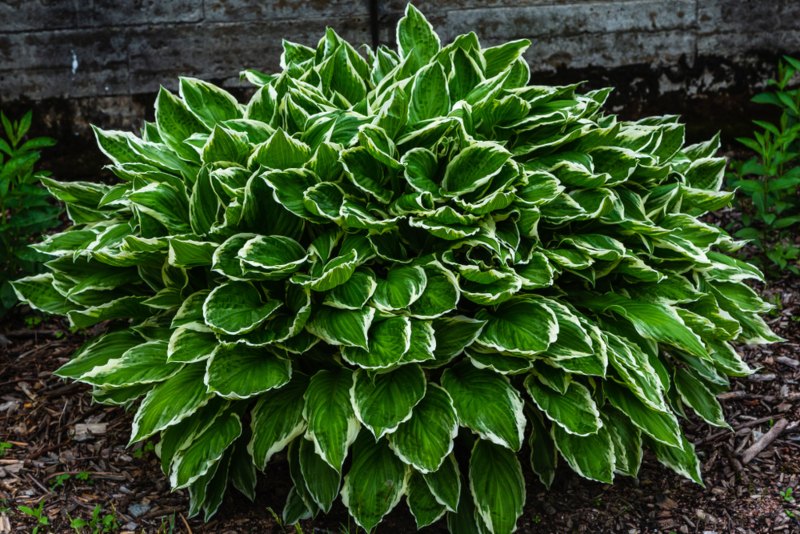
Works Well for the Beginner Gardener
One of the qualities that make gelatin so beneficial to the gardener is its “time-release” nature. Once the garden is treated with gelatin, the plants can store any nitrogen that is not currently needed until the need arises. This quality works well for new gardeners since it reduces the likelihood of irreversible damage to the plant by over-fertilization.
Careful With the Tomatoes
While unflavored gelatin works very well as a fertilizer for most plants, there are a few places where its use is not recommended. Even though fruit-bearing plants like tomatoes or strawberries will see an increase in their plant and leaf size, unfortunately, this does not translate into an increased yield. Any excess nutrients are used to increase the size of the plant, not to increase the amount of fruit.
How to Use Gelatin in the Garden
Making gelatin plant fertilizer is not difficult and can be completed in less than five minutes. It will require a quart of water, a measuring cup, a one-quart container, and an envelope of unflavored gelatin powder.
The gelatin powder can be purchased at your nearest supermarket in the baking aisle.
Begin by measuring one-fourth cup of water into the one-quart container. Next, empty the contents of the gelatin envelope into the container and stir to make sure the powder is fully dissolved. Allow the mixture to settle for one to two minutes before adding another cup of water to the mix.
Once the mixture is clear, it will be safe to add the rest of the water to the container. The fertilizer is now ready to use. This process should be repeated monthly to keep the plants healthy and strong.
There should be a noticeable difference in the plants within three to four days with less yellowing and an increased gloss on the leaves.
The fertilizer will work year-round on indoor plants and can be made in more significant amounts to fertilize outdoor gardens. Gelatin fertilizer does not absorb into the ground in cooler temperatures and is not recommended for use when the temperature is less than 50 degrees F.
Making and using your organic fertilizer will positively affect the health of your plants and the health of your environment.





